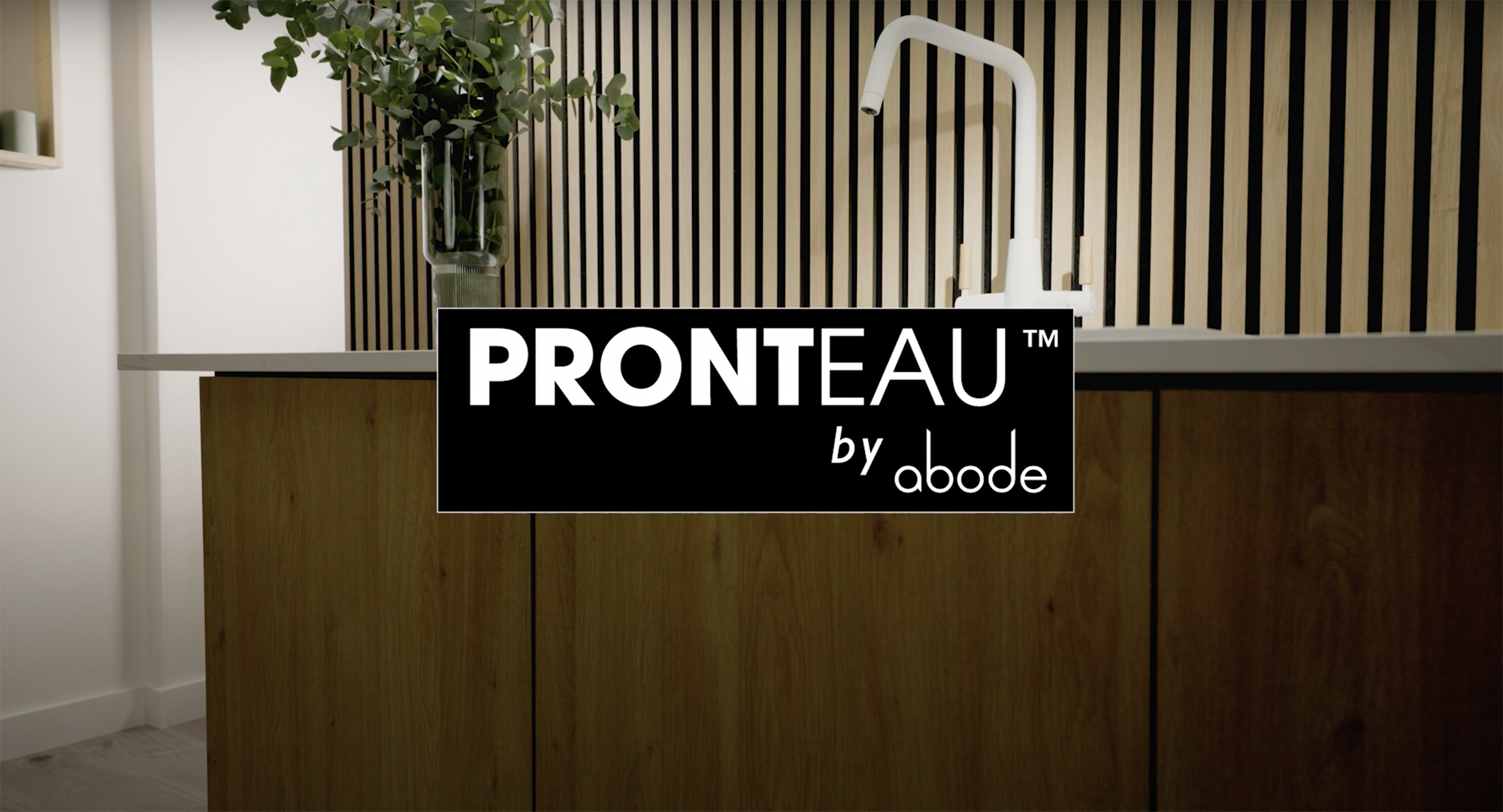Approval manager at WRAS, the Water Regulations Approval Scheme, Ian Hughes explores why a system designed to save water may be doing the exact opposite

With the double whammy of the cost-of-living and climate crisis effecting customers daily lives, reducing water waste has never been as important.
As industry professionals, it’s our duty to help our clients and consumers understand how to operate dual flush toilets.
Sponsored Video
Back to basics
The dual flush toilet system has become a part of everyday life; with the aim to make saving water easy consumers.
Designed with two buttons, dual flushes enable users to choose a shorter or longer flush depending on their needs.
By choosing the smaller flush, households and businesses can save around two litres of water with every flush.
However, some designs may confuse their users which means more water will be used unnecessarily.
A WRAS survey of 2,000 participants found that 81% per cent of those questioned could not correctly identify the short flush button, when presented with images of different designs of dual flush buttons.
In contrast the best-understood design only confused 8 % of those surveyed.
Manufacturers should be making it easier for users to identify the small flush.
The WRAS survey revealed consumers expect the big button to give a big flush.
The most effective button designs use a larger button for the large flush being at least 1.5 times bigger than the small one and have clear markings which help users identify the short flush.
Fixing leaky loos
Leaky loos also provides another common cause of water loss, with Waterwise reporting that around 5%-8% of toilet are leaking across the UK.
Around 200-400 litres per day can overflow into the toilet bowl if the inlet or flush valve are faulty.
Research by Thames Water revealed some designs and materials are more prone to failures and recommend them to be phased out.
In response, manufacturers have committed to improving toilet design and claim that problematic designs have already been withdrawn from the market.
Flushing water and money down the drain is never ideal, especially during an economic crisis. It is an issue that affects bill-payers with water meters.
As industry professionals, we have an opportunity to provide consumers with advice on how to save money and water.
Manufacturers can, and should, improve the design of dual flush toilets, while designers and installers can help consumers choose efficient products that are easy to operate.
We should always be striving to support our customers in their goals to save money and gain the maximum benefits of the dual flush design.



